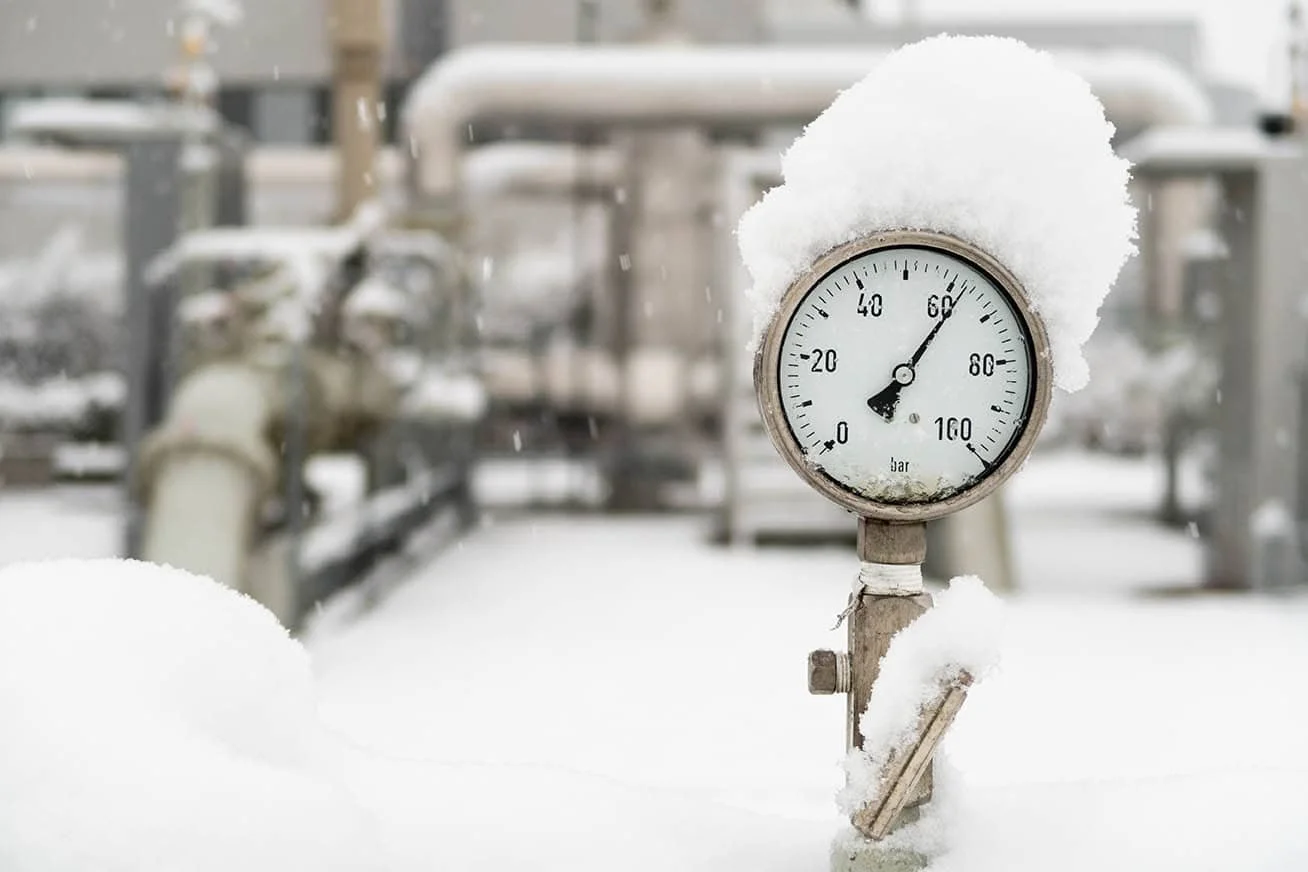How to prepare your fuel storage tanks for winter
It is imperative to prepare your fuel storage tanks before winter and sub-zero temperatures set in. Today’s fuels contain up to 7% FAME (biofuel) which is hygroscopic with water held in suspension, storage tanks can be affected by falling temperatures and as the temperature plummets, fuel ‘waxes’. The colder it becomes, the more difficult your fuel will be to pump or use, as it becomes thicker, known as cold filter plugging point (CFPP).
While generators are generally kept in a preheated room, fuel kept in an external storage tank may become so thick that it cannot be accessed and used. If in any doubt as to how to prepare your oil tanks for the winter, book a winter fuel assessment from a professional company.
Preparing fuel tanks for winter
All bulk tanks should be checked for sludge and water in the bottom, and anything other than clean fuel should be removed immediately.
Take a fuel sample from the bottom middle and top of each tank, ideally analysed in the “field” for water, particulate and bacterial contamination, or alternatively can be sent to a lab for fuel analysis, providing you with a fuel condition report. Fuel with suspended water in it will attract particular attention, if suspended or “free” standing water is found, it is essential this is removed through fuel polishing using a mobile recirculation process or installation of a fixed filtration system. This process will remove the water and heavy particulates from the tank, further fuel samples should be taken and analysed again to prove the fuel is clean and dry. Removal of water is paramount to tank cleanliness if left untreated microbial contamination will build upon the water/fuel interface, will exponentially double its size every twenty minutes, through secretion, acids may form and accelerate heavy corrosion of the tank internals.
Diesel waxing
Oil or diesel fuel is prone to gelling or waxing in low temperatures. Gelling or waxing are terms for the solidification of diesel into a crystalline or partially crystalline state. Once fuel reaches a temperature below the cloud point – the point at which the diesel becomes cloudy in appearance as it starts to thicken – solid wax particles develop, causing the oil to thicken, which then clogs up fuel injectors and filters. The building up of crystals in the fuel line will eventually cause the fuel to stop running and engines will cease as they are starved of fuel.
“Critical” Standby Generators
The British Standards Institution (BSi) have recognised the importance of fuel quality and cleanliness in their 2016 update of BS5410 Part 3 and noted concerns surrounding critical application standby generators, where the failure of a “critical” generator could result in loss of life. Where critical Standby generators are used, typically in Hospitals, Emergency Services, Highway maintenance, tunnels and other communication centres, BSi recommends a regime of regular fuel sampling and testing, 3monthly, or 6monthly if a fixed fuel filtration system is fitted. Fixed fuel filtration systems should be compliant with SAE J1488 2010_10, this test measures the efficiency of the filtration element to remove suspended or emulsified water in fuel.

